Oh my goodness. If you have an image of the Midwest having a bunch of corn fields, you are wrong! The Midwest has more than a bunch of corn fields. The Midwest is overrun by corn. Everywhere you turn, there are acres, acres and acres of corn fields. Corn is everywhere. And I mean everywhere.
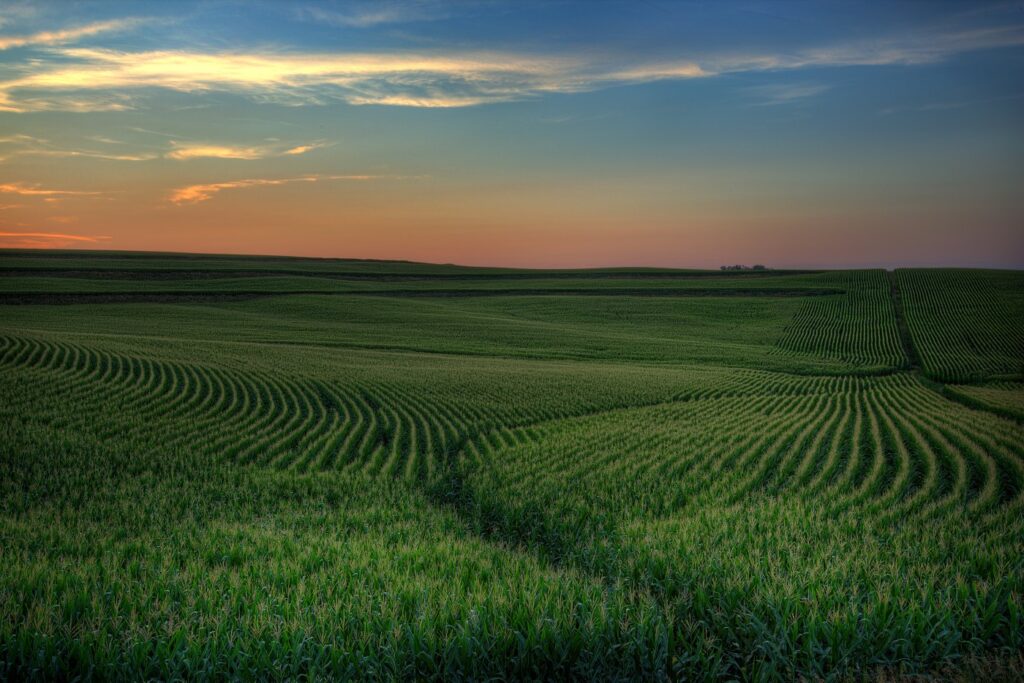
It is overwhelming. almost 40% of the land area in the state of Iowa is devoted to corn fields. almost 33% of the land area in Illinois is filled with corn fields.

I may be exaggerating a tiny bit, but not much. In addition to fields of corn, occasionally you will see a road, or a farmhouse, or some soy beans or hay being grown.
What makes the corn stand out so much? in addition to the number of acres that are dedicated to the plant, its brilliant green color, particularly on a bright sunny day, is striking. Also, its stature; in the middle of August each stalk is stately. A stalk can be 6’ tall or grow to almost 10’. Also impressive are the carefully aligned rows of corn, laid out for as far as you can see. Row after row of corn for miles. The corn fields are so organized!
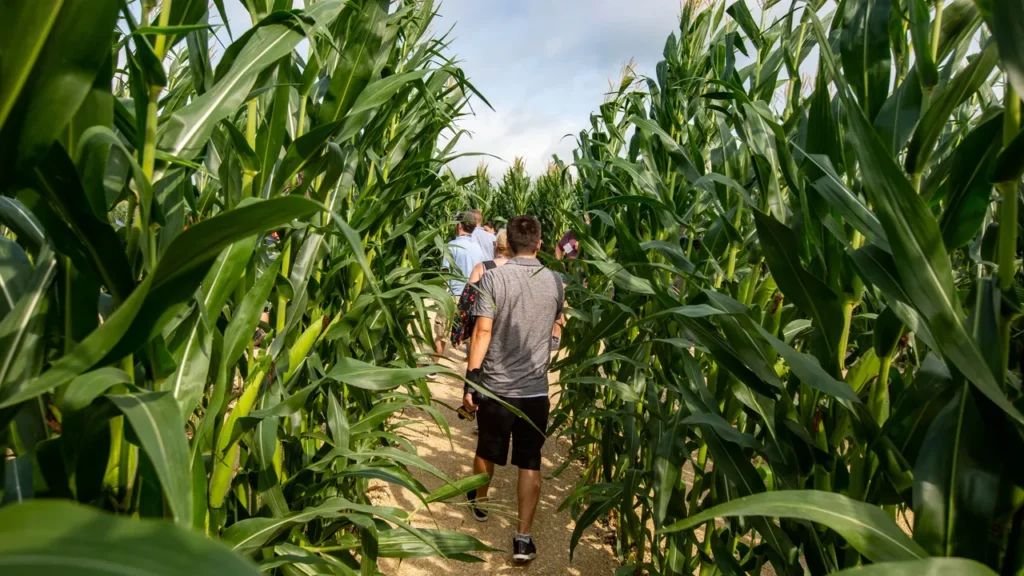
Since corn is so omnipresent, I have found myself wanting to know more about this sometimes vegetable, sometimes grain called corn.
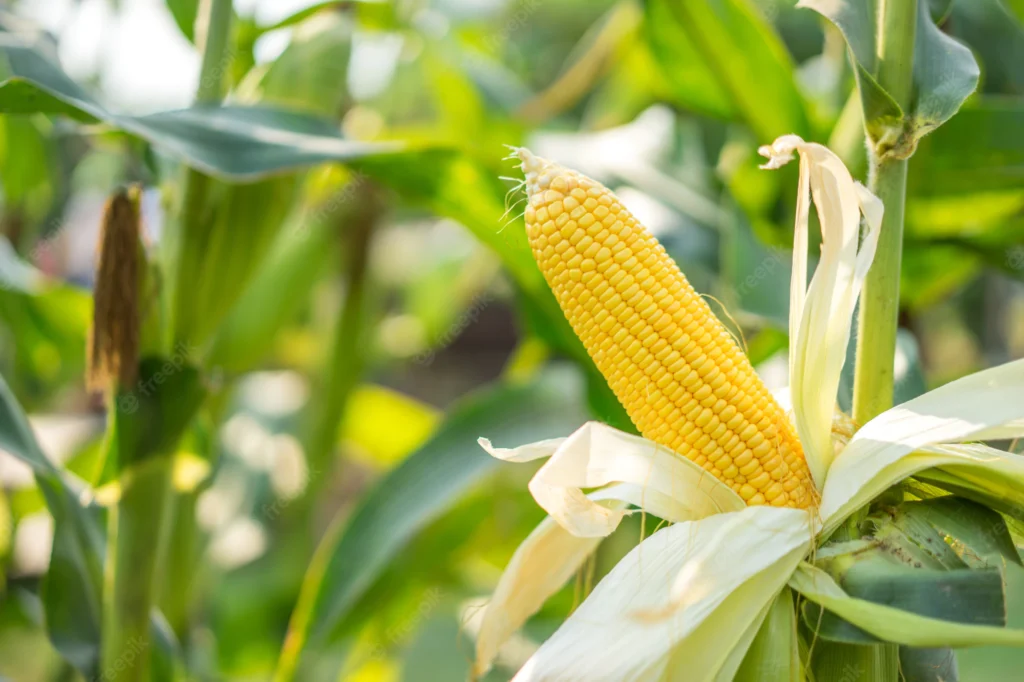
The largest crop in the United States in terms of total production is corn. Only 1% of the corn grown in the US each year is sweet corn, the type that you buy at the farmer’s market or in the grocery store – the type of corn that you eat at the dining room table. 99% of the corn grown each year is called field corn and is for a myriad of other purposes. Most importantly 49% of field corn is grown and harvested to feed animals.
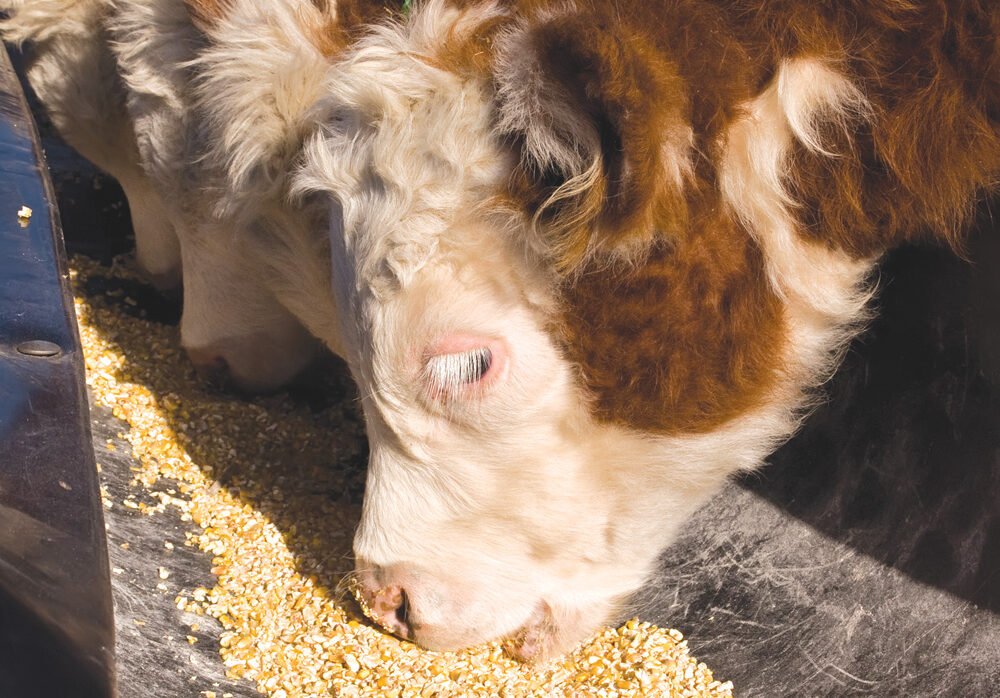
25% is grown for use as ethanol.
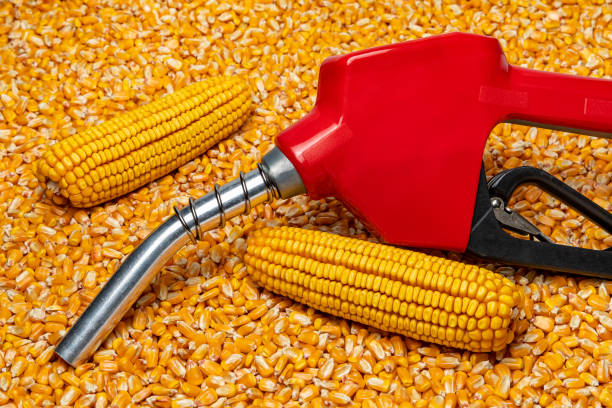
The remaining 26% of field corn is used in so many other ways that I had no idea about. For example:
- Cereal products including corn flour, corn meal, grits, tortillas, corn bread, and cold breakfast cereals (such as corn flakes).
- Other processed human-food products including corn starch, corn oil, corn syrup.
- Alcohol and corn whiskey
- Adhesives, plastic, gels, and thickeners from starch
- Sweeteners (i.e., high fructose corn syrup)
- Bakery products (biscuits, bread, crackers, fillings, icing, macaroons, pretzels, cookies, crackers, wafers, etc.)
- Beverages, brewed (beer, ale, etc.)
- Food acids (citric, etc.)
- Medicinal preparations & intravenous (injections, pills, tablets, drugs, etc.)
When one talks about corn, I have learned that it is important to use the right lingo. Now, when I talk about corn I use words like stalks, ears, husks, cobs, kernels, and tassels. I have learned what the verb detassel means. Still, I am not in a position to hold my own in a real conversation about corn. But I am trying.
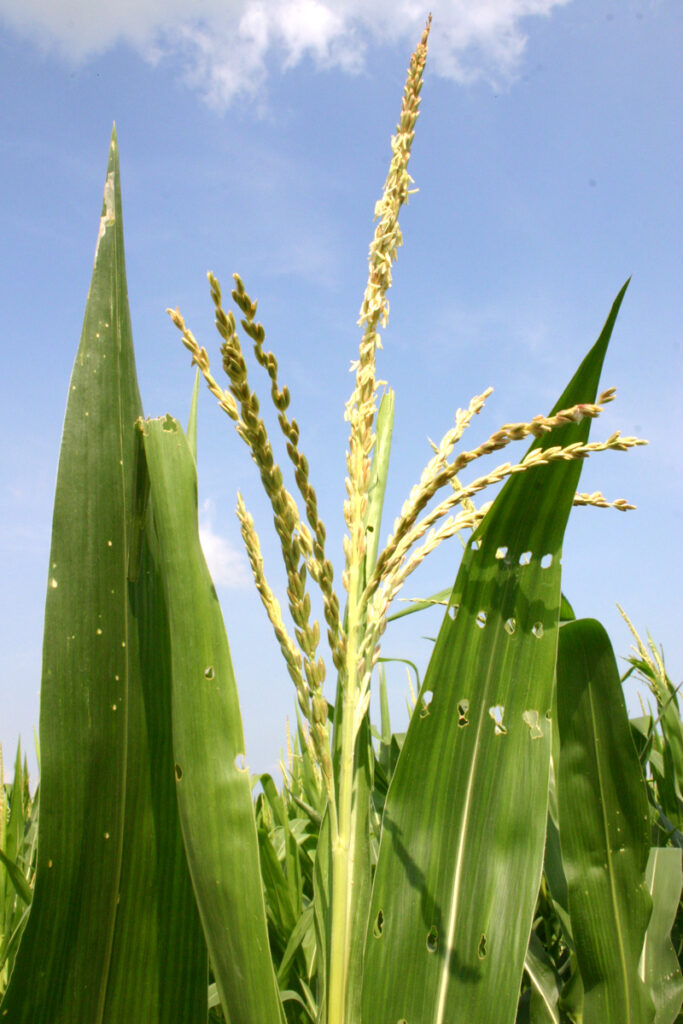
I was surprised to find out that corn is not natural, but rather the result of Native Americans taking grass and through years of cross breeding, developing what we call corn today (maize in Spanish).
It was refreshing to learn that, as opposed to many other crops, 90% of corn today is produced by family owned farms, not big food conglomerates.
Bottom line. I am learning a lot about corn.
One last point which just drives me crazy. I am right now in the middle of the Corn Belt in the Midwest. I am eating out in restaurants almost every meal. Never, never have I seen in any food establishment corn on the menu. No sir. It is not available right here in the heartland of the United States. You cannot order corn on a menu in a restaurant. What is that about?
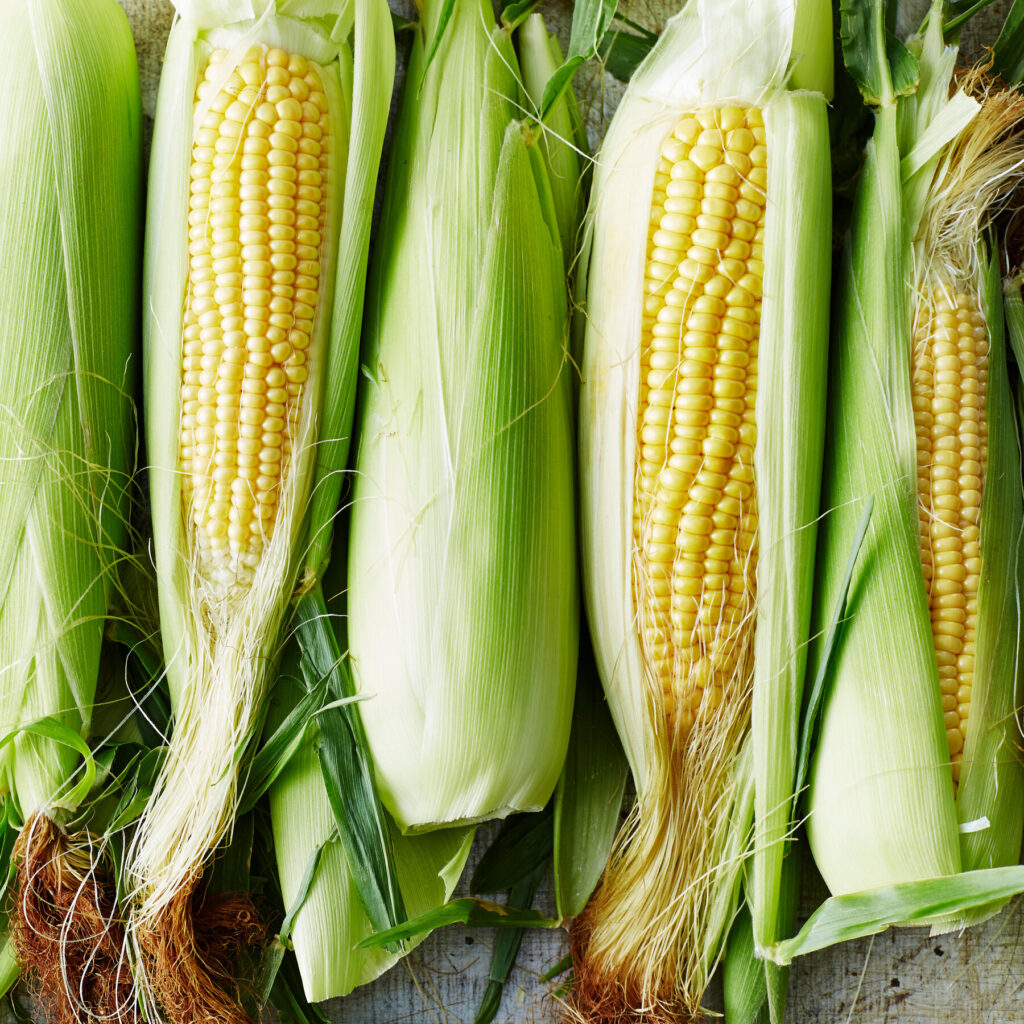
I love my corn on the cob. Love it. imagine the stress at play when you drive for hours passing corn field after corn field, corn stalk after corn stalk. All you see is beautiful green, fresh corn on the cob. Your mouth waters. I would love to have some corn right now. But you can’t, unless you eat at home with your own grill or stove.
Somebody, please help me understand this.
This may sound corny but locals probably are not interested in paying premium restaurant prices for what they can have for near free at home and prepared exactly as they like it.
Hey, Mr. person from the east, you are learning, yes, learning. Somebody is got to grow corn.
Take 12 ears of sweet corn, soak them in a bucket of water and then steam them on a covered grill. You will have a wonderful Midwest dinner, assuming you like corn. Drink some sun ice tea with it.
Where there a lot of baseball players appearing out of the corn fields?
The best way to get the sweetest corn is to 1) start the water boiling, 2) run out the back door and cut some in your kitchen garden, 3) waive it over the boiling water and 4) eat it!